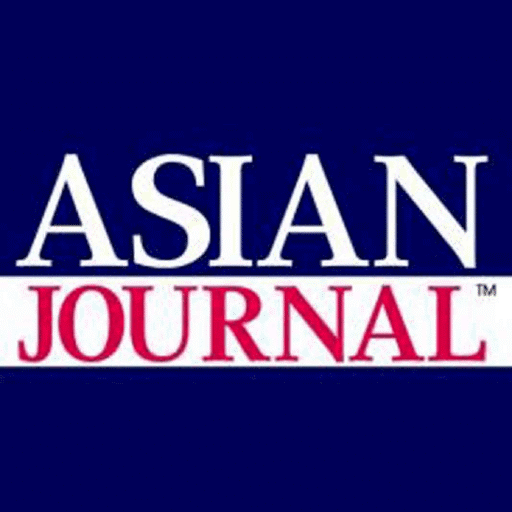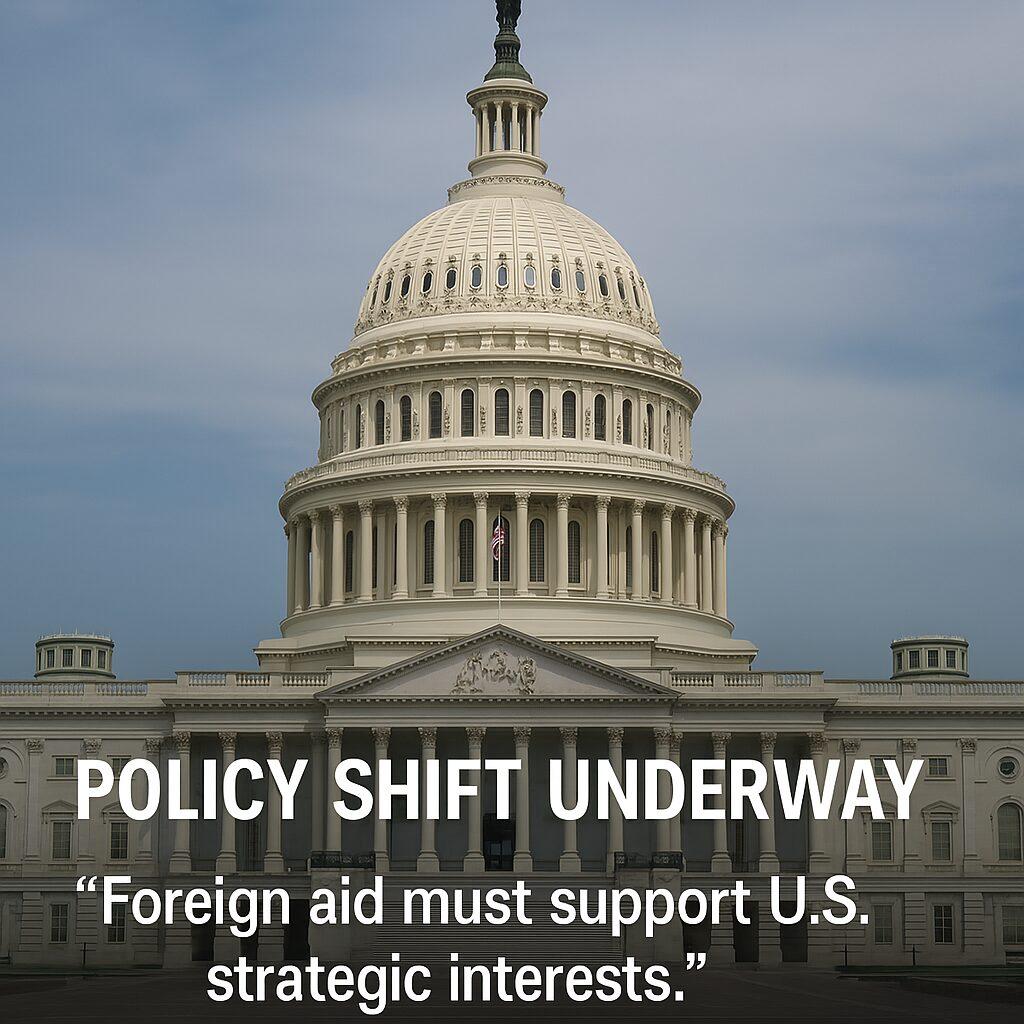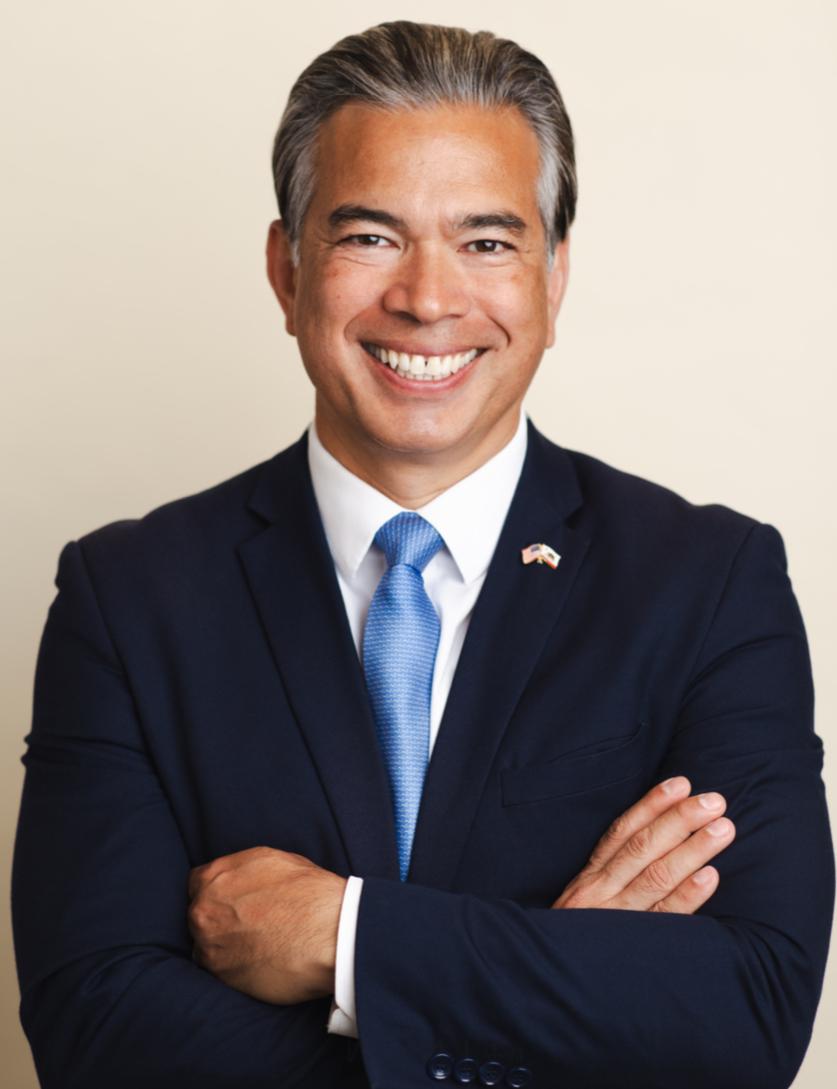The Trump administration advances plans to dissolve USAID following a court ruling, sparking global concern as foreign aid disruptions hit the Philippines, Vietnam, and Myanmar during a major earthquake crisis.
WASHINGTON, D.C. — The Trump administration is moving forward with its plan to dismantle the U.S. Agency for International Development (USAID), following a federal appeals court decision that lifted a legal block on the reorganization.
The timing of the move—amid a deadly earthquake in Myanmar and widespread aid disruptions in Southeast Asia—has intensified global concern over the future of U.S. foreign assistance.
The Department of Government Efficiency (DOGE), led by Elon Musk, formally notified Congress of the transition, which would transfer USAID’s functions to the Department of State by July 1, 2025. Thousands of agency employees are expected to be terminated by September.
According to administration officials, the restructuring aims to reduce inefficiencies and ensure that U.S. foreign aid aligns with national security and strategic objectives. Programs that do not meet performance standards or serve American interests are being reevaluated or phased out.
USAID’s Mission and Role
Established in 1961 by President John F. Kennedy, USAID consolidated multiple foreign assistance efforts into a unified agency tasked with promoting global development, advancing public health, responding to disasters, and supporting democratic institutions abroad.
For over six decades, USAID has served as a key pillar of U.S. soft power, delivering billions in humanitarian assistance, funding global health initiatives, and helping stabilize fragile regions.
Legal Clearance and Congressional Oversight
On March 28, 2025, the 4th U.S. Circuit Court of Appeals overturned an earlier injunction that had temporarily blocked the agency’s dismantling.
The ruling enabled the administration to proceed, though the move still faces bipartisan scrutiny in Congress.
Lawmakers are expected to hold oversight hearings in the coming weeks to evaluate the impact of the overhaul on U.S. global leadership, humanitarian response capacity, and national security.
Myanmar Earthquake Tests U.S. Capacity
Just hours before the court ruling, a 7.7-magnitude earthquake devastated central Myanmar, killing more than 1,600 people and injuring thousands.
The earthquake destroyed homes and infrastructure in Mandalay and triggered secondary collapses in neighboring Thailand.
The U.S. government has pledged disaster assistance to Myanmar. However, the dismantling of USAID’s disaster response capabilities has raised concerns among policy analysts and humanitarian organizations about the country’s ability to deliver timely aid. With staffing cuts and operational delays, the U.S. response has been comparatively slower than in past crises.
Regional Impact: Philippines and Vietnam Among the Most Affected
Since the January 24 executive order suspending most foreign aid disbursements, the Philippines has seen widespread disruption across health and education programs previously funded by USAID.
The Philippine Department of Health confirmed interruptions in its tuberculosis, HIV/AIDS, and malaria programs, while the Department of Education reported suspensions in multiple initiatives including ABC+, Gabay, and Opportunity 2.0—programs targeting literacy, inclusion, and youth skills development.
In Vietnam, U.S.-funded projects for Agent Orange remediation at Bien Hoa Air Base have halted. These efforts were part of a multiyear environmental and diplomatic collaboration. Cleanup delays now threaten to expose surrounding communities to renewed contamination, especially ahead of the rainy season. Additionally, unexploded ordnance clearance and war victim rehabilitation programs have been paused.
Rubio: Aid Must Align With U.S. Strategic Goals
Secretary of State Marco Rubio recently stated that foreign aid, when delivered effectively, should support American national interests, protect borders, and strengthen strategic partnerships.
He also noted that USAID had become overly bureaucratic and costly, producing limited returns in some areas.
This position reflects the administration’s broader rationale for integrating USAID functions into the State Department and establishing a more narrowly focused U.S. Agency for International Humanitarian Assistance.
The new agency will reportedly concentrate on disaster relief, food security, and global health, under more centralized oversight.
Global Partners and NGOs Seek Clarity
While the reorganization proceeds, aid-dependent nations and international NGOs have voiced concern about the lack of coordination and the uncertainty around project continuity.
Many organizations across Southeast Asia have been forced to reduce services, close programs, or shift operations due to the freeze in U.S. funding.
Regional observers note that while military cooperation continues—highlighted by Defense Secretary Pete Hegseth’s recent Asia tour—U.S. development diplomacy has largely stalled.
The Future of American Aid Policy
With USAID’s structure being dismantled and crises such as the Myanmar earthquake demanding urgent international response, the Trump administration’s foreign aid overhaul has arrived at a critical inflection point.
Whether the United States can maintain its leadership in humanitarian affairs under the new framework remains uncertain as Congress, allies, and aid communities await further developments.






